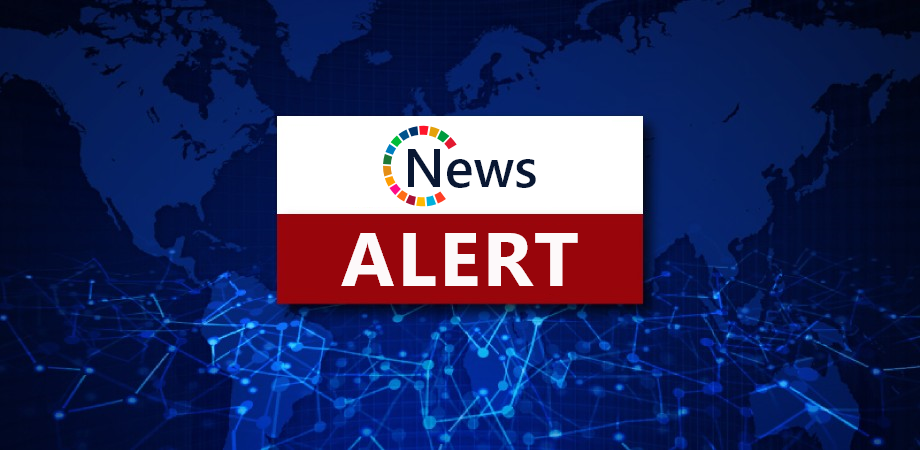
Following a somewhat rocky 2023, cryptocurrencies made a massive comeback in 2024, with important milestones such as Bitcoin breaking the $100,000 barrier in December and surpassing the 2 trillion USD market cap line. Predictions for the rest of 2025 suggest this will be another year of profound growth. Thanks to technological innovation, institutional interest, and increased regulation, the crypto market is expanding from financial services to gaming, real estate, and AI.
For those looking to explore cryptocurrency trading, this guide provides an in-depth overview of the best brokers in the crypto space, trading strategies, and key considerations.Trend 1: Increased regulation globallySo far this year, much focus has been on regulation advancements worldwide, with more countries introducing clear crypto laws. These implementations are expected to make the crypto market more secure and integrated with traditional finance (TradFi), as well as attract institutional investors.

For example, US President Donald Trump’s statements regarding cryptocurrency policy during his campaign were the main reason behind the surge that led to the Bitcoin 100k break, as many saw them as a sign of a more favourable regulatory US framework coming in the future.In the EU, the Markets in Crypto-Assets (MiCA) regulation was recently adopted by the EU Parliament and has been in effect since December 2024. It is designed to facilitate blockchain and distributed ledger technology (DLT) adoption while ensuring user and investor protection.
Changes are also happening in emerging markets like South Africa, where a new and stricter regulatory framework for crypto asset service providers (CASPs) will be implemented starting April 30th. This framework dictates that all local and international crypto transactions will require proper customer information. This includes the sender’s name, ID or passport number, birth details, home address, and wallet address for larger transactions.
Trend 2: AI + Crypto = TrueThe rapid advancement of Artificial Intelligence across various fields has been widely recognised, and the crypto market is no exception.In recent years, AI-based trading bots have become a powerful tool for both beginners and experienced traders. They have the capability to analyse extensive amounts of data in real time, detect market patterns, and execute trades faster than any human.
AI is also being used to create and improve so-called smart contracts. These contracts can be optimised in real-time, adjusting their terms based on new information and even identifying and preventing errors before they occur. Another use of AI is to aid in preventing fraud and complying with regulations.
By creating automatic monitoring systems which are able to detect suspicious transactions, the crypto market becomes a safer place for everyone.Trend 3: TokenisationTokenisation is another trend that we have definitely not seen the last of. Basically, tokenisation represents real-world assets (or RWA) on the blockchain using cryptocurrency, turning it into a digital token that can be sold and traded.
Almost any asset, whether physical like real estate or art or intangible like corporate stocks, can theoretically be tokenised.This will significantly increase liquidity, expand market access, and transform how we perceive asset ownership and trading. Since tokenisation enables fractional ownership and, therefore, more people to invest, traditionally regarded illiquid market assets like commercial property could become more liquid with the help of tokenisation.
NFTs (non-fungible tokens) are a form of token usually associated with art but are now taking on new markets. In gaming, blockchain is transforming the industry by enabling ownership of in-game assets through NFTs that gamers can sell or trade on marketplaces. Some games also offer Play-to-Earn (P2E), where gamers earn tokens by playing, which later could be exchanged for money or other rewards.
Trend 4: Altcoins: Memecoins and stablecoins Cryptos are more than just Bitcoin—the crypto market contains thousands of different coins with varying popularity and worth. Even though Bitcoin has been ranging around 50% of the total market cap in the last years, we can expect to see some more niched tokens expanding their influence in 2025. Blockchains like Solana, Polkadot, and Avalanche offer fast transactions and low fees, making them attractive for scalable dApp development.
Other notable blockchains include Filecoin for decentralised storage and VeChain for supply chain solutions.Stablecoins are another type of crypto asset to keep an eye on. As the name suggests, these coins are designed to maintain a stable value over time, often by tracking the price of a national currency like the US dollar.
Due to their stability and integration with traditional payment systems, stablecoins have become the preferred choice for decentralised finance (DeFi). In emerging markets, they provide a secure and accessible alternative for individuals lacking access to conventional banking services, for example in Latin America. Analysts from the research and brokerage firm Bernstein predict that the global stablecoin market will exceed $500 billion in 2025.
Meme coins, initially dismissed as jokes, have also demonstrated significant market potential, with the total sector value surpassing $120 billion last year. Their popularity is largely fuelled by viral social media campaigns, and platforms such as X, Reddit, and TikTok play a central role in driving their adoption. In this case, meme coins reflect the growing intersection between digital culture and investing.
Looking ahead, meme coins are expected to evolve even more during 2025 due to additional benefits being implemented, such as staking (a way to earn rewards on the Blockchain), DeFi features, and NFT integration. What Does This Mean for the Crypto Market in 2025?The trends we are seeing indicate that crypto is now moving towards greater stability, utility, and integration with traditional finance. Regulation and AI will improve security and efficiency, and tokenisation could unlock new investment opportunities.
As a result, 2025 is likely to be a defining year in which crypto firmly establishes itself as a fundamental part of the global financial landscape.The post Navigating the 2025 Crypto Landscape: Key Trends and Predictions appeared first on Moguldom..











